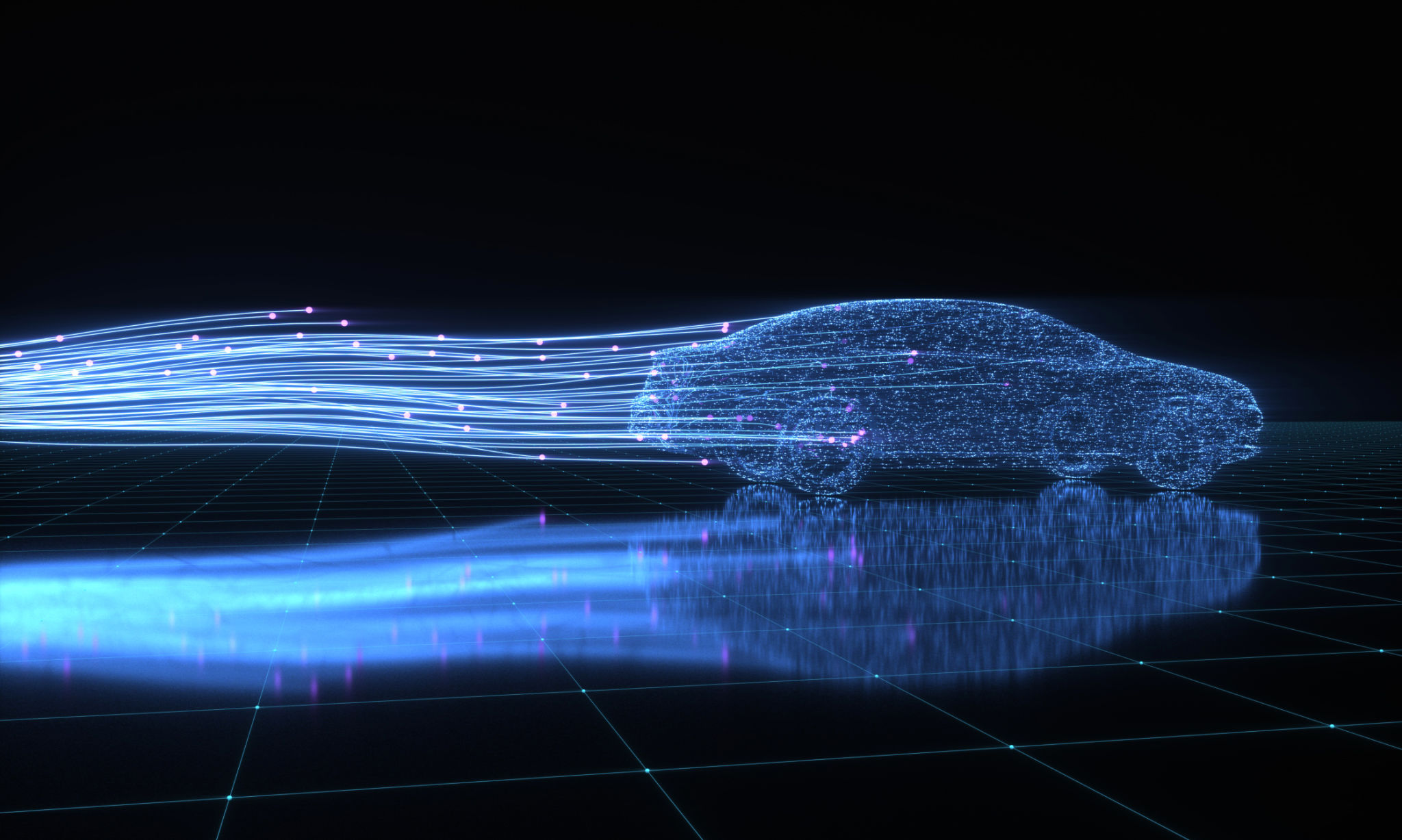The Role of Powertrain Engineering in Accelerating eMobility Solutions
Understanding Powertrain Engineering
Powertrain engineering plays a pivotal role in the development of electric mobility solutions. As the automotive industry shifts towards sustainability, the need for efficient and innovative powertrain systems has never been more crucial. A powertrain system encompasses all the components that generate power and deliver it to the road surface, including the engine, transmission, and drive shafts.

In electric vehicles (EVs), the powertrain is primarily focused on electric motors and battery systems. Unlike traditional internal combustion engines, electric powertrains offer several advantages, such as higher energy efficiency and lower emissions. These benefits are driving the rapid adoption of eMobility solutions across the globe.
The Importance of Battery Technology
At the heart of any electric powertrain is the battery. The advancement of battery technology is essential for improving the range, performance, and affordability of electric vehicles. Modern batteries need to provide higher energy density while maintaining safety and reliability. This has led to significant research in materials science and engineering.
Lithium-ion batteries are currently the most widely used in EVs due to their superior energy density and long lifespan. However, researchers are exploring alternatives like solid-state batteries that promise even greater efficiency and safety.

Challenges in Powertrain Engineering
Despite the promising advancements, there are several challenges in powertrain engineering that need to be addressed to accelerate eMobility. One major challenge is the optimization of energy management systems to enhance vehicle performance and extend battery life. Engineers are developing sophisticated algorithms that monitor and optimize energy consumption in real-time.
Another challenge is the integration of powertrain components with other vehicle systems. This requires a holistic approach to design and engineering that ensures all components work seamlessly together to provide a smooth driving experience.
The Role of Software in Modern Powertrains
Software development is becoming increasingly important in powertrain engineering. The use of advanced software tools and platforms enables engineers to simulate, analyze, and optimize powertrain systems before they are manufactured. This reduces development time and costs while improving the final product's performance.

Moreover, software is critical for implementing features such as regenerative braking and adaptive cruise control in electric vehicles. These features not only improve efficiency but also enhance the overall driving experience.
Future Trends in Powertrain Engineering
Looking ahead, the future of powertrain engineering is bright with several exciting trends on the horizon. One such trend is the development of modular powertrains that can be easily adapted for different vehicle models. This flexibility allows manufacturers to quickly respond to market demands without extensive re-engineering.
Another trend is the integration of artificial intelligence (AI) in powertrain systems. AI can be used to predict maintenance needs, optimize routing for energy efficiency, and even enhance driver safety through real-time analysis of driving conditions.
Conclusion
Powertrain engineering is at the forefront of transforming the automotive industry towards sustainable eMobility solutions. By addressing current challenges and leveraging new technologies, engineers are paving the way for a future where electric vehicles are not only viable but also preferable over traditional options.

